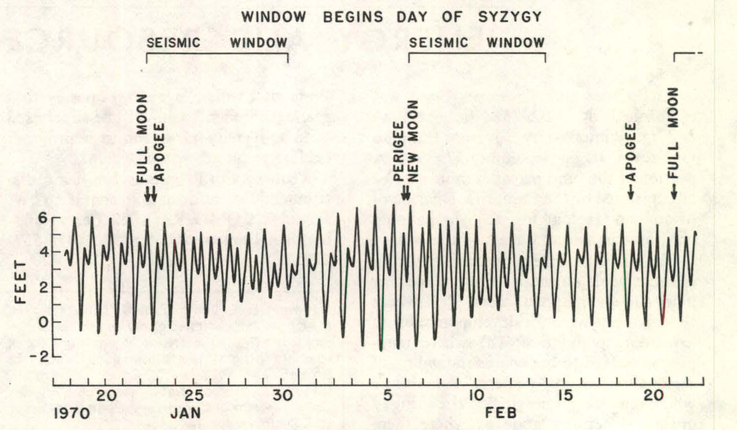Tidal Triggering Of Earthquakes on:
[Wikipedia]
[Google]
[Amazon]
 Tidal triggering of earthquakes is the idea that tidal forces may induce seismicity.
In connection with earthquakes, syzygy refers to the idea that the combined tidal effects of the sun and moon – either directly as earth tides in the crust itself, or indirectly by hydrostatic loading due to
Tidal triggering of earthquakes is the idea that tidal forces may induce seismicity.
In connection with earthquakes, syzygy refers to the idea that the combined tidal effects of the sun and moon – either directly as earth tides in the crust itself, or indirectly by hydrostatic loading due to Volcano watch
USGS.
 Tidal triggering of earthquakes is the idea that tidal forces may induce seismicity.
In connection with earthquakes, syzygy refers to the idea that the combined tidal effects of the sun and moon – either directly as earth tides in the crust itself, or indirectly by hydrostatic loading due to
Tidal triggering of earthquakes is the idea that tidal forces may induce seismicity.
In connection with earthquakes, syzygy refers to the idea that the combined tidal effects of the sun and moon – either directly as earth tides in the crust itself, or indirectly by hydrostatic loading due to ocean tides
Tides are the rise and fall of sea levels caused by the combined effects of the gravitational forces exerted by the Moon (and to a much lesser extent, the Sun) and are also caused by the Earth and Moon orbiting one another.
Tide tables can ...
– should be able to trigger earthquakes in rock that is already stressed to the point of fracturing, and therefore a higher proportion of earthquakes should occur at times of maximal tidal stress, such as at the new and full moons.
Previously, scientists have searched for such a correlation for over a century, but with the exception of volcanic areas (including mid-ocean spreading ridges) the results have been mixed. It has been suggested that some negative results are due to failure to account for tidal phase and fault orientation ( dip), while "many studies reporting positive correlations suffer from a lack of statistical rigor." One systematic investigation found "no evidence for an increase in seismicity during intervals of large tidal range but there is clear evidence for small but significant increase in earthquake rates near low tide"; it did not find an increase of earthquakes near peak spring tides. Seismicity is favored at low tides, particularly for reverse faults, because unloading unclamps the fault, reducing friction. Ocean loading has no effect at all on strike-slip fault
In geology, a fault is a planar fracture or discontinuity in a volume of rock across which there has been significant displacement as a result of rock-mass movements. Large faults within Earth's crust result from the action of plate tectonic ...
s.
Research work has shown a robust correlation between small tidally induced forces and non-volcanic tremor activity.
Volcanologists use the regular, predictable Earth tide movements to calibrate and test sensitive volcano deformation monitoring instruments. The tides may also trigger volcanic events.
USGS.
See also
* Earthquake prediction#1990: New Madrid, U.S. (Browning) * Jim Berkland#Methodology * Love numbers * Tidal effect on plate tectonicsNotes
Sources
*. *. *. *. *. *. Tides Types of earthquake {{seismology-stub